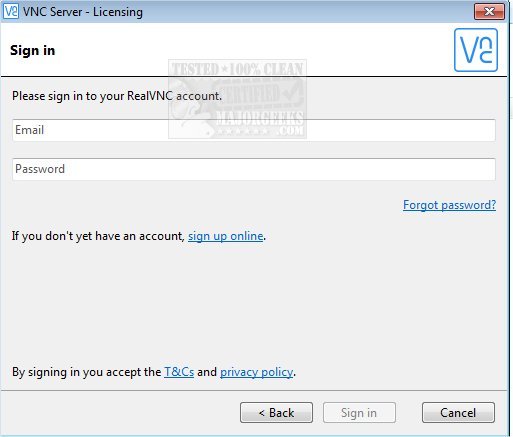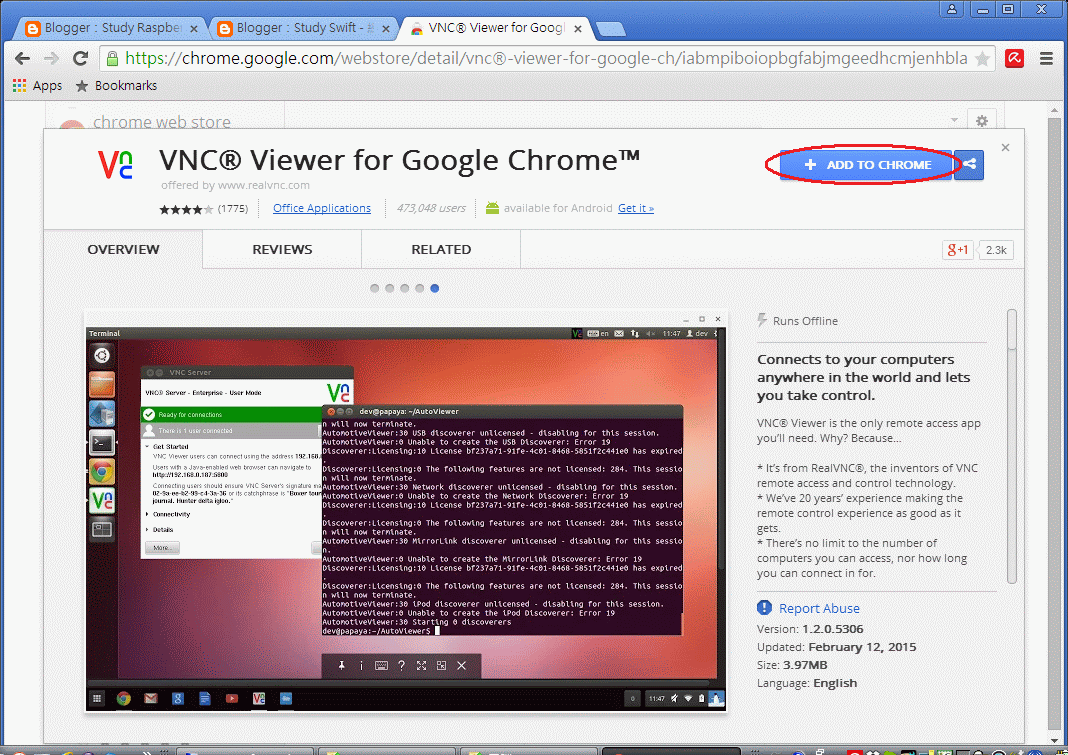
Necessary cookies are absolutely essential for the website to function properly. Porém, a desativação de alguns desses cookies pode afetar sua experiência de navegação. Você também tem a opção de cancelar esses cookies. Esses cookies serão armazenados em seu navegador apenas com o seu consentimento. Também usamos cookies de terceiros que nos ajudam a analisar e entender como você usa este site. Destes, os cookies que são categorizados como necessários são armazenados no seu navegador, pois são essenciais para o funcionamento das funcionalidades básicas do site. **/** Este site usa cookies para melhorar a sua experiência enquanto navega pelo site. But opting out of some of these cookies may affect your browsing experience. You also have the option to opt-out of these cookies. These cookies will be stored in your browser only with your consent. We also use third-party cookies that help us analyze and understand how you use this website. Out of these, the cookies that are categorized as necessary are stored on your browser as they are essential for the working of basic functionalities of the website. This website, uses cookies to improve your experience while you navigate through the website.
#VNC CONNECT TO PI HOW TO#
Article 01 – How to install OpenWrt on Raspberry PiĪrticle 02 – Turn the raspberry pi into a WIFI routerĪrticle 03 – Raspberry Pi: installation and configurationĪrticle 05 – How to install Zabbix on Raspberry Pi Now let’s make the connection by clicking save and connect.Ĭongratulations, we re accessing raspberry pi using VNC. Inside the remmina we will type the IP and port used by the VNC server. Let us install remmina: sudo apt-get install remmina VNC viewers are available for Windows, Linux, iOS, and Mac. To access the raspberry pi VNC server, we have to use a VNC viewer. For this we will use the command: sudo reboot 6) Accessing the raspberry pi with VNC. sudo netstat -anlp | grep :59 5) Restarting raspberry pi Therefore, we will use one of these ports to connect to the VNC server. Let’s look at the ports that VNC has opened and are waiting for connections. Let’s add the following lines: SecurityTypes=VncAuth UserPasswdVerifier=VncAuth Checking the ports that VNC opened Now let’s edit the file: /root/.vnc/config.d/vncserver-x11 sudo nano /root/.vnc/config.d/vncserver-x11
#VNC CONNECT TO PI PASSWORD#
For this, let’s use the command: sudo systemctl enable rvice Creating a password for VNC sudo vncpasswd -service Once RealVNC is installed we will enable the VNC service on rapsberry pi startup. So, let’s use the command: sudo apt-get install realvnc-vnc-server Enabling VNC on raspberry pi startup sudo apt-get update sudo apt-get upgrade 4) Installing Real VNCĪfter that, let’s install the realvnc server. In this way, we will use the commands below.
#VNC CONNECT TO PI UPDATE#
Now we will update the repositories, and then we will check if there are any updates to the raspberry pi. For that, let’s use the command: sudo systemctl enable ssh.service Now, let’s configure the ssh server, so it is always active on raspberry pi startup. ssh Įnter the password you used when installing raspberry pi.ġ) tela 2) Setting the ssh server as a permanent service Once we have installed and configured SSH, we will access it using another machine on the network. So, let us assume that raspberry pi has already been installed and that we have ssh access to the device.įor those who wish to install and enable the device, click HERE. Initially, we will access the raspberry pi device.

This way, the customer will be able to access the raspberry pi without the need to use another monitor. For that, we will use the RealVNC server on the raspberry pi.


Let us introduce the installation of VNC on raspberry pi.


 0 kommentar(er)
0 kommentar(er)
